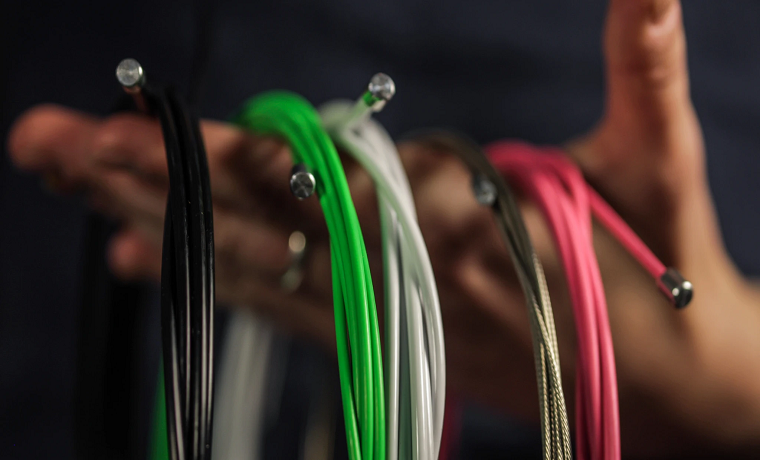Wire rope technology has revolutionized industry, allowing for strong ropes and pulley systems for a whole manner of machinery. It has extended from industry to medicine when the robots that perform surgical operations will have their arms connected by it.
For this article, we shall consider the technologies involved in the manufacture of metal wires and cables, and indeed plastic ropes, to better understand their use. You can find more of this information by following the link. Whatever industry you are in, the chances are that these technologies will form a part of it somewhere.
Nitinol Wire
Nitinol wire is special in that at higher temperatures it will become a much stronger material. However, its important and most useful property that it brings to medicine is formability. This property makes it a useful material for medical device manufacture. That is not where its use in medicine ends, however, because its biocompatibility means that it can also be used for implants in the human body that will not cause the patient harm.
Dacron Cord
Dacron, a registered name, is a cord that is useful in many industries because of its strength, non-conductivity, resistance to abrasions, and also resistance to ultraviolet rays. The marine industry is indeed benefitting from the invention as again is the medical device sector.
Poly Dacron rope is also used in roofing and construction. This is because it is both strong and lightweight. It will be used for securing tarpaulins, for example, that will cover structures on building sites and protect them. Those in the delivery and farming sectors will also make use of them on their vehicles. Dacron is one of the most familiar brands of polyester now for most people because of its durability as much as its strength.
Tungsten in Push-Pull Cables
Tungsten is a material that is very much valued in the construction industry because of its use in the construction of mechanical cables. This is because of its resistance to heat and its excellent properties that relate to strength and durability. It is these properties that mean the product is perfect for use in the manufacture of surgical robots and industry.
Tungsten cables, because of their high melting point, can be used for lighting and electron tubes, electrodes, probe pins, and furnace parts where high temperatures are experienced.
In terms of strength, tungsten’s capabilities are extremely high and its strength will usually increase as the diameter of its gauge becomes smaller.
The manufacturing process is a specialist one. Unalloyed tungsten is considered to be very difficult to either machine or fabricate. The results are certainly worth it for the industry that relies on tungsten products in terms of their cabling.
For the scientists or chemists out there, tungsten is represented by the symbol “W” on the periodic table. It has an atomic number of 74, an atomic weight of 183.4, and a melting point of 3,442 Fahrenheit (3,422 Centigrade).
There is certainly a market for steel wire and plastic rope. A market that is as strong as the materials themselves. Its number of industrial uses will always keep it in great demand regardless of whether the strong cables or ropes are in wire or polymer.
So, it is clear that much has been invested in new technology when it comes to wire cable and plastic rope manufacture. Push-Pull cords are now available in tungsten that will regularly service the medical sector in terms of robotically performed operations. There is no sector more important than one that saves lives. Industry and the marine sector too find that nitinol wire, dacron cord, and the tungsten used in the manufacture of mechanical cables are equally important to them. Without it, they could not function without taking several steps back.

